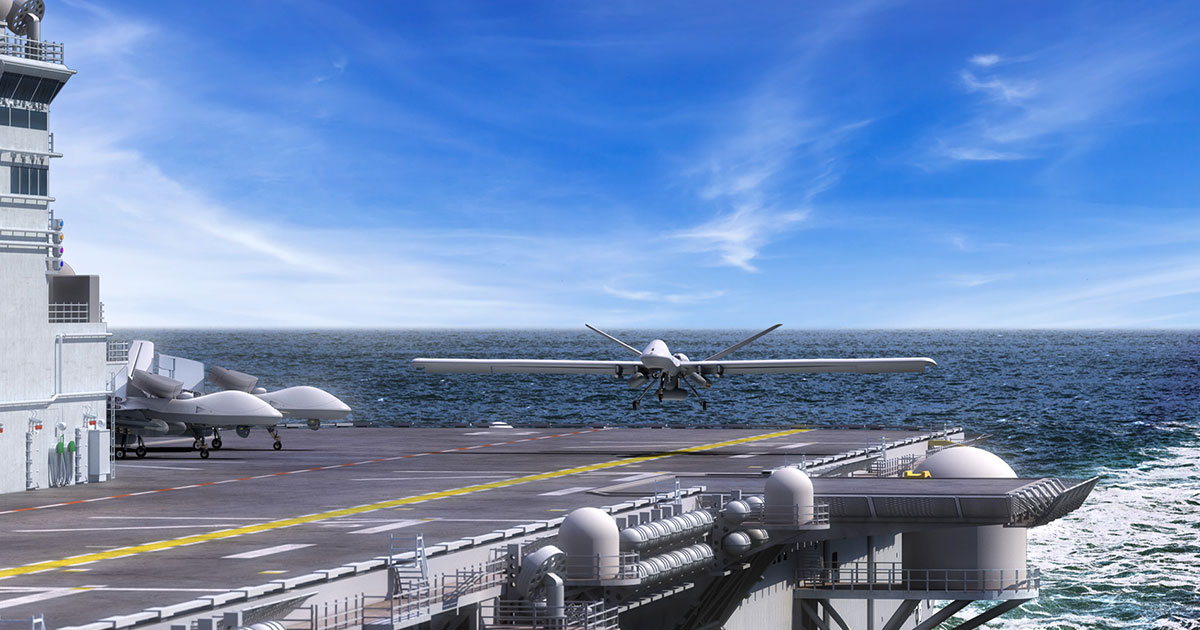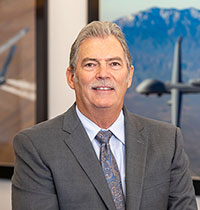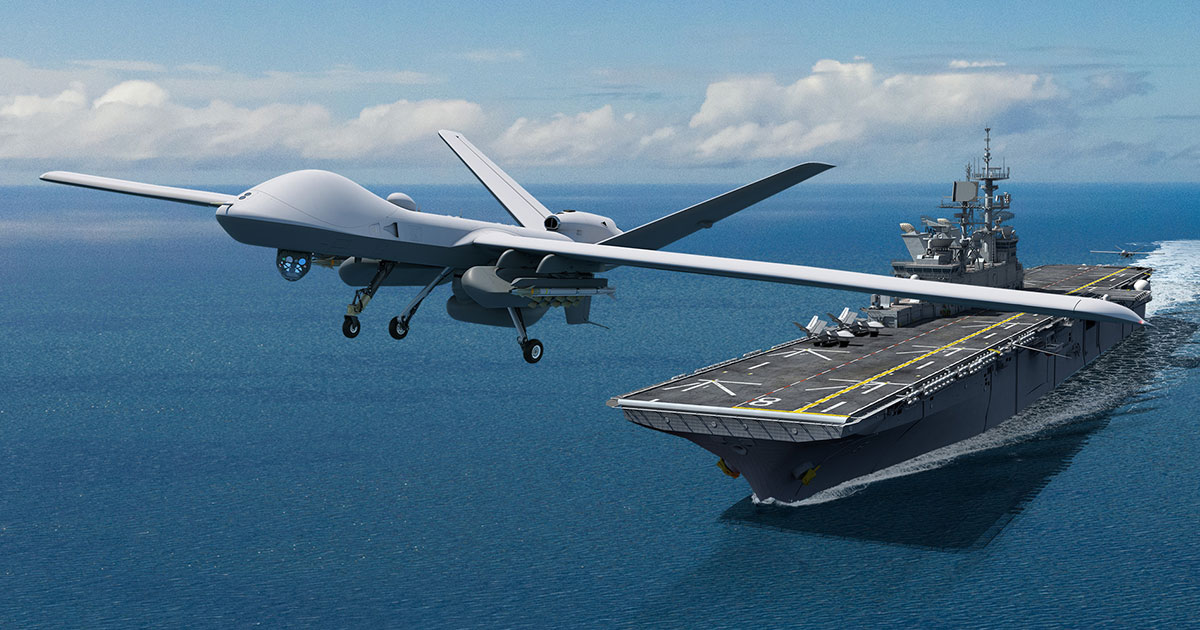A New Short-Field Advantage: MQ-9B STOL


Dave Alexander is a longtime aerospace engineer and the president of General Atomics Aeronautical Systems, Inc. Under his leadership the company has strengthened its dominance in unmanned aerial systems across the world and is poised to do so again with a game-changing new UAS capability: short takeoff and landing, or STOL.
Alexander talked about what’s coming next with the newest and most advanced medium-altitude, long-endurance UAS in the world: a STOL upgrade for the MQ-9B SkyGuardian and SeaGuardian.
What does STOL give users that a standard MQ-9B doesn’t already?
In a word: Versatility. STOL means we can take this incredibly capable, long-endurance aircraft and get into and out of more airfields in more places. If you need to have these aircraft switch up where they’re operating – either because you don’t have a long, conventional airfield, or because you don’t want an adversary to know where one might land after a mission – you have numerous options about where you can operate. You could mix and match if you want: take off from a big, conventional airfield that everybody knows about, fly your mission, and then head to some short field somewhere that no one was expecting might recover a UAV. Or stage out of one short field and go to another short field and create all kinds of disruptions for the other guy trying to keep track of where you might be or where you might be headed.
So is this a whole new aircraft?
Not at all. In fact, when you take a standard MQ-9B and set it up for STOL operations, the aircraft is extensively common and can be converted back and forth depending on mission needs. So it’s a really versatile new way to use the airplane and it also represents a huge savings for the customer. You don’t need to buy a whole new system to get one that has the highest-quality sensing, payload and so on – or to compromise on that type of performance in order to get one you can operate on shorter runways. You can have both.
How does it work?
Imagine taking the hard top off your Jeep. You lift it off, stow it in your garage and now you’ve got an open vehicle. If it rains, you put the hard top back on. We’re the same. We have a few components that you swap from a standard MQ-9B: Essentially it is a wing and tail kit that can be installed in less than one day. The core aircraft and its sub-systems don’t change. This is a mod you could make in a hangar or on a flight line somewhere. Take a standard MQ-9B, put the STOL kit on, and then go fly it.

You mentioned operating MQ-9B STOL on shorter runways. Does that include a ship at sea?
In the future, yes. Picture something like an amphibious assault ship such as the USS America. Our wing set folds up so that MQ-9B STOL could park on the deck, or in the hangar bay, just like any other naval aircraft. When it’s time to launch, you start up the aircraft, unfold the wings and take off over the bow just like any other aircraft, without the need for ship-launch aids. No catapult needed.
What could the Marine Corps and the Navy do with that kind of capability?
You name it. For one thing it incorporates high-quality, persistent intelligence, surveillance and reconnaissance into the Marine Air-Ground Task Force that just doesn’t exist today. With future shipboard operations, it has the endurance to operate around the clock when the ship is not at flight quarters. Imagine the ship does flight ops for several hours and then secures from them for the day or night, without plans to fly anything on or off again for awhile. MQ-9B STOL doesn’t need to come back with the rest of the aircraft, if you want to operate it that way. It stays up and continues working. By extending the surveillance umbrella of the amphibious ships, we can also host kinetic capabilities that would act as a first line of defense for Navy ships. They don’t have anything like this right now. So you could use it to support your forces in the littoral, on the beach, or blue water operations. Our UAS are a key component to multi-domain operations of every kind. For maritime domain awareness over the open ocean, this platform could be your organic ASW capability and hunt for submarines. Anything you want – it’s an incredibly deep, but also versatile, capability when you take one of our aircraft and use it in a new way like this.
Does integrating MQ-9B require much of an upgrade to ships in terms of control equipment, or networking hardware?
No. Our automatic takeoff and landing hardware and software on board the MQ-9B can elegantly and simply be tied into existing ship command and control equipment. I gave you the example minute ago of USS America. MQ-9B could use the Joint Precision Approach and Landing System, which is currently installed on the America and other air-capable ships, for automatic takeoff and landing once the integration is verified and certified. As for the aircraft itself, pre-flight, post-flight, and maintenance can be done from an expeditionary, compact, laptop device. You also don’t need to fly it from the ship at all, if that’s not needed. Remember that with our ability to implement manned-unmanned teaming, maybe the right answer is for another human-piloted aircraft in the Navy strike group to fly MQ-9B after it automatically takes off from the ship. Or once the aircraft takes off, you hand off control to a team that flies it via satellite, and that team can be located anywhere in the world. Again: the core of this aircraft is a full-up, modern MQ-9B SkyGuardian – the newest and best of its kind anywhere. All we’ve done is make it more versatile so that it can do its thing in more ways, in more places.